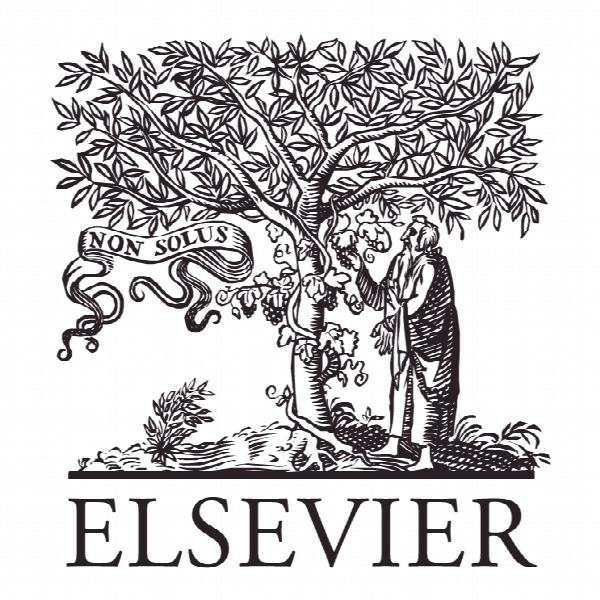یک مدل موقعیت مکانی گیاه برای فعالیت های لجستیک معکوس A capacitated plant location model for Reverse Logistics Activities
- نوع فایل : کتاب
- زبان : انگلیسی
- ناشر : Elsevier
- چاپ و سال / کشور: 2018
توضیحات
رشته های مرتبط مهندسی صنایع
گرایش های مرتبط لجستیک و زنجیره تامین
مجله تولید پاک کننده – Journal of Cleaner Production
دانشگاه Universidade Federal de Minas Gerais – Brazil
منتشر شده در نشریه الزویر
گرایش های مرتبط لجستیک و زنجیره تامین
مجله تولید پاک کننده – Journal of Cleaner Production
دانشگاه Universidade Federal de Minas Gerais – Brazil
منتشر شده در نشریه الزویر
Description
1. INTRODUCTION An annual report of the StEP (Solving the E-waste Problem) initiative, in association with Massachusetts Institute of Technology (MIT), estimated that 49 million tons of electronic waste were produced worldwide in 2013, with a predicted increase of 33% over the next five years (Huabo Duan, 2013). The government is greatly concerned with the residues produced, and some measures are being undertaken. The European Union (EU) was a pioneer in this field; in the early 2000s, the EU established three important directives that became laws in February 2003: the European Waste Electrical and Electronic Equipment Directive (WEEE), Restriction of Hazardous Substances Directive (RoHS) and End-of-Life Vehicles Directive (ELV). The WEEE directive establishes goals for the collection, recovery and recycling of electronic waste per inhabitant per year. The RoHS directive defines manufacturers’ restrictions on the components of their new electronic devices. Unlike the WEEE directive, the ELV directive introduced (in 2000) the concept of holding automotive vehicle manufacturers responsible for the end of life of their products. This directive aims to decrease mineral exploration, mainly by reusing heavy metals and several components of used vehicles.


